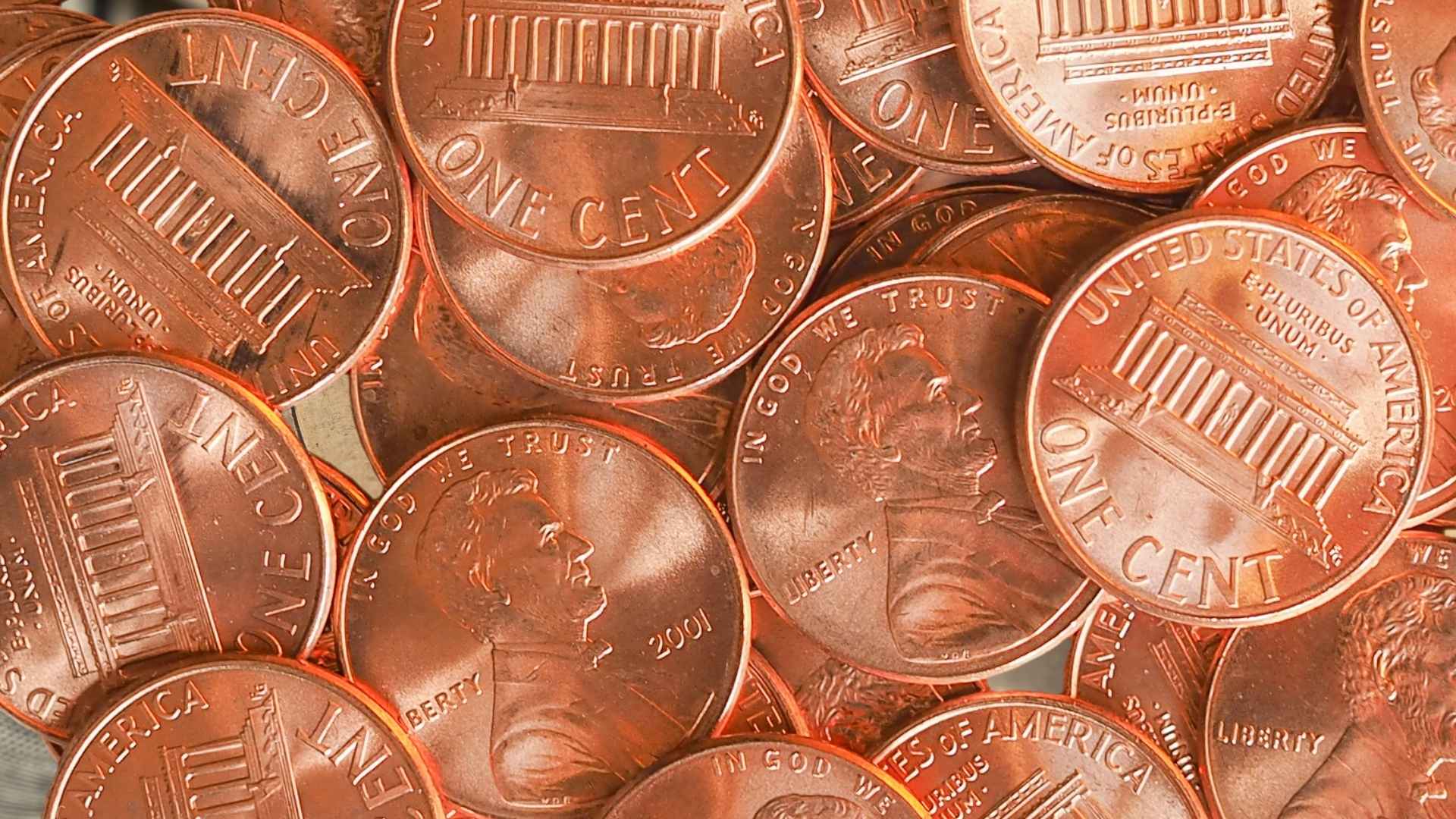Lawmakers from both parties have cleared the way for the United States to retire its smallest coin, arguing the move will cut costs and modernize cash payments.
Americans may soon stop digging for loose change. The House Financial Services Committee has approved the bipartisan Common Cents Act, a measure inspired by a February 2024 presidential order that instructs the Treasury to end penny production and round cash totals to the nearest five cents.
Why lawmakers say the Common Cents Act will save taxpayer money without hurting everyday consumers
Representative Lisa McClain, Senator Cynthia Lummis, and other sponsors note that minting a single penny costs 3.69 cents, turning each coin into a loss for taxpayers. Supporters insist shoppers will hardly notice the rounding rule because credit and debit transactions stay exact. Still, critics wonder: will retailers round prices up more often than down? Backers of the bill at a glance:
- Lisa McClain (R‑MI)
- Robert Garcia (D‑CA)
- Cynthia Lummis (R‑WY)
- Kirsten Gillibrand (D‑NY)
- Donald Trump, President
The bipartisan roster is meant to reassure consumers that the change is a matter of fiscal efficiency, not politics. Before you empty the piggy bank, here is the official timeline:
| Milestone | Date |
|---|---|
| Last order for penny blanks | May 2024 |
| Committee approval of bill | July 23, 2025 |
| Expected start of phase‑out | Late 2025 |
| Target completion of phase‑out | Early 2026 |
The Mint will keep striking pennies until current inventories run out, then cease production altogether. Coins already in circulation remain legal tender indefinitely.
Potential economic and employment impacts for Tennessee and other coin‑blank suppliers across the country
Greene County, Tennessee—the nation’s sole maker of penny blanks—fears job losses. Mayor Kevin Morrison warns that “hundreds of manufacturing positions hang in the balance.” During committee debate, Representative John Rose initially balked at the bill for this very reason. So, what changed his mind? Assurances of federal transition aid and retraining programs persuaded him to vote “yes.”
How cash transactions will be rounded once pennies disappear from circulation under the new legislation? After the phase‑out, cash totals ending in 1¢ or 2¢ round down to the nearest nickel; amounts ending in 3¢ or 4¢ round up. The same pattern repeats for 6‑through‑9‑cent endings. Retailers must post the rule at checkouts, and consumer groups plan hotlines for rounding complaints. Will that be enough to prevent confusion at the register? Time will tell, but early pilots in several states show minimal pushback.
Phasing out the penny promises annual savings, simpler accounting, and lighter pockets. Yet lawmakers must balance fiscal prudence with real‑world concerns about jobs and pricing fairness. For now, keep an eye on Senate deliberations and—just in case—start cashing in those coin jars.

